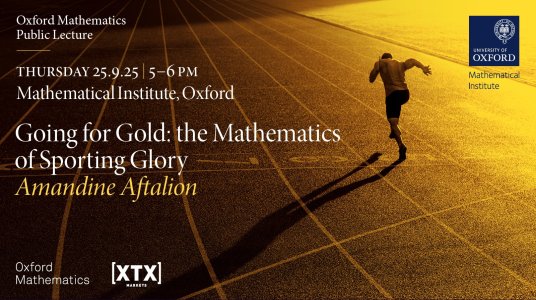Let \( G = \exp(\mathfrak{g}) \) be a connected, simply connected nilpotent Lie group with Lie algebra \( \mathfrak{g} \), and let \( H = \exp(\mathfrak{h}) \) be a closed subgroup with Lie algebra \( \mathfrak{h} \). Consider a unitary character \( \chi \) of \( H \), given by \(\chi(\exp X) = \chi_{f}(\exp X) = e^{i f(X)}, \ X \in \mathfrak{h}, \) for some \( f \in \mathfrak{g}^{\ast} \). Let \( \tau = \operatorname{Ind}_{H}^{G} \chi \) denote the monomial representation of \( G \) induced from \( \chi \).
The object of interest is the algebra \( D_{\tau}(G/H) \) of \( G \)-invariant differential operators acting on the homogeneous line bundle associated with the data \( (G, H, \chi) \). Under the assumption that \( \tau \) has finite multiplicities, it is known that \( D_{\tau}(G/H) \) is commutative.
In this talk, I will discuss the Polynomial Conjecture for the representation \( \tau \), which asserts that the algebra \( D_{\tau}(G/H) \) is isomorphic to
\(\mathbb{C}[\Gamma_{\tau}]^{H}\), the algebra of \( H \)-invariant polynomial functions on \( \Gamma_{\tau} \). Here, \( \Gamma_{\tau} = f + \mathfrak{h}^{\perp} \) denotes the affine subspace of \( \mathfrak{g}^{\ast} \).
I will present recent advances toward proving this conjecture, with a particular emphasis on Duflo's Polynomial Conjecture concerning the Poisson center of \( \Gamma_{\tau} \). Furthermore, I will discuss the case where \( \tau \) has discrete-type multiplicities in the exponential setting, shedding light on a counterexample to Duflo's conjecture.



